Home>Furniture & Design>Office Furniture>How To Stop An Office Chair From Rolling
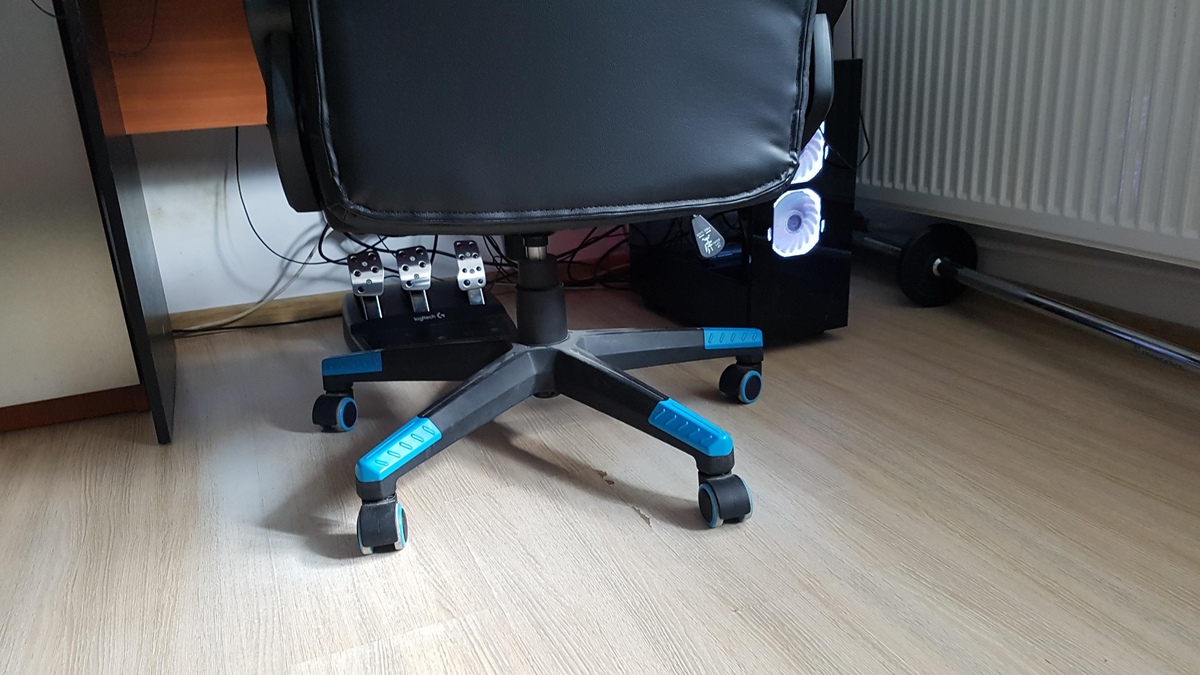

Office Furniture
How To Stop An Office Chair From Rolling
Modified: January 14, 2024
Learn effective methods to prevent your office chair from rolling and improve workplace safety. Discover practical solutions for securing your office furniture.
(Many of the links in this article redirect to a specific reviewed product. Your purchase of these products through affiliate links helps to generate commission for Storables.com, at no extra cost. Learn more)
Introduction
Welcome to the world of office furniture! Office chairs are an essential part of any workspace, providing comfort and support for long hours of work. However, if you find yourself constantly battling with a chair that seems to have a mind of its own, rolling away when you least expect it, you're not alone. The frustration of trying to stay put while reaching for something or trying to maintain a stable position during a meeting can be all too familiar.
The ability of office chairs to roll is undoubtedly a convenient feature, especially when moving between different areas of the workspace. However, there are times when you may need your chair to stay in place, whether it's to prevent accidents, maintain focus, or simply for personal preference. Fortunately, there are several effective methods to prevent an office chair from rolling, allowing you to customize your workspace to suit your needs.
In this comprehensive guide, we'll explore the reasons why office chairs roll, along with practical solutions to keep them stationary when necessary. Whether you're working from a home office or a corporate setting, these tips will help you maintain control over your chair and create a more comfortable and productive environment. Let's dive into the world of office chair stability and discover how to put an end to those unexpected rollaways.
Key Takeaways:
- Say goodbye to rolling office chairs by using chair mats, locking casters, wheel stoppers, brake systems, and tilt tension adjustments. Take control of your workspace and enjoy a stable seating experience.
- Understand why office chairs roll and learn practical solutions to keep them stationary. From chair mats to brake systems, customize your chair’s mobility for a more comfortable and productive work environment.
Read more: How To Stop An Office Chair From Rotating
Why Do Office Chairs Roll?
Before delving into the methods of preventing office chairs from rolling, it’s essential to understand why they have this tendency in the first place. The ability of office chairs to roll is primarily attributed to their design, which incorporates wheels or casters to facilitate smooth movement across various flooring surfaces. This design feature is intended to enhance mobility and convenience within the workspace, allowing users to transition between different workstations without the need to stand up and physically move the chair.
The wheels or casters are typically attached to the base of the chair, enabling 360-degree rotation and effortless gliding. While this mobility is advantageous in many scenarios, it can also lead to unintended movement, especially on smooth or slippery surfaces. Additionally, the swivel function of office chairs further contributes to their propensity to roll, as users can easily pivot and rotate while seated.
Furthermore, factors such as the quality and type of wheels, the weight distribution of the user, and the condition of the flooring can influence the rolling behavior of office chairs. For instance, chairs with high-quality, multi-surface casters may exhibit smoother and more consistent rolling, while chairs with worn or damaged wheels may veer unpredictably or struggle to move at all.
Another aspect to consider is the ergonomic design of office chairs, which prioritizes user comfort and functionality. The ability to recline, lean back, or shift positions is integral to ergonomic chairs, and this flexibility can inadvertently contribute to their rolling tendency if not properly managed.
Understanding the underlying reasons for office chair mobility is crucial in devising effective strategies to prevent unwanted rolling. By addressing these factors, it becomes possible to implement targeted solutions that cater to specific user preferences and environmental conditions, ultimately enhancing the overall usability and stability of office chairs.
Ways to Stop an Office Chair from Rolling
When it comes to maintaining control over your office chair, there are several practical and effective methods to prevent it from rolling. Whether you’re seeking a quick fix or a more permanent solution, these strategies can be tailored to suit your specific needs and workspace requirements.
1. Utilize a Chair Mat
Placing a chair mat or a rug with a non-slip backing under your office chair can significantly reduce its tendency to roll. Chair mats are specifically designed to provide a stable and smooth surface for chair movement while minimizing slippage on hard flooring. They also offer protection to the underlying floor, making them a versatile and functional accessory for any workspace.
2. Opt for Locking Casters
Consider replacing the standard casters on your office chair with locking casters. These specialized casters feature a locking mechanism that allows you to immobilize the wheels when necessary, providing stability and preventing unintended movement. Locking casters are available in various designs and are compatible with most standard office chairs, offering a convenient and customizable solution for controlling chair mobility.
Read more: How To Stop A Squeaky Office Chair
3. Apply Wheel Stoppers
Wheel stoppers, also known as caster cups or wheel wedges, are simple yet effective devices that can be placed under the wheels of an office chair to prevent rolling. These stoppers are typically made of rubber or plastic and provide a secure anchor on hard or carpeted floors, keeping the chair in place and minimizing the risk of sliding or shifting during use.
4. Install a Brake System
For a more advanced approach, consider installing a brake system on your office chair. This modification allows you to engage and disengage the brakes as needed, providing complete control over the chair’s movement. Brake systems are available as aftermarket accessories or can be integrated into certain chair models, offering a customizable and permanent solution for preventing rolling.
5. Adjust the Chair’s Tilt Tension
Many office chairs feature a tilt tension adjustment mechanism that regulates the resistance and reclining ability of the chair. By adjusting the tilt tension to a higher setting, you can minimize the swiveling and rolling motion of the chair, promoting a more stable and stationary seating experience. This method is particularly useful for addressing the unintentional rolling that may occur during shifts in body weight or movement.
By implementing these strategies, you can effectively mitigate the rolling tendencies of your office chair and create a more controlled and secure seating environment. Whether through simple accessories or customized modifications, these solutions empower you to tailor the mobility of your chair to align with your preferences and the demands of your workspace.
Conclusion
As we conclude our exploration of office chair stability, it’s evident that the ability to prevent an office chair from rolling is a valuable asset for creating a comfortable and productive workspace. By understanding the reasons behind the rolling behavior of office chairs and implementing targeted solutions, users can regain control over their seating experience and minimize the inconvenience of unintended movement.
From utilizing chair mats and wheel stoppers to opting for locking casters and advanced brake systems, the array of methods available caters to diverse preferences and environmental considerations. These solutions not only address the practical aspects of chair stability but also contribute to the overall safety and usability of office chairs in various work settings.
Furthermore, the customization and adaptability offered by these strategies empower users to personalize their seating arrangements, ensuring that their office chairs align with their specific needs and preferences. Whether seeking enhanced stability during focused tasks or a more secure seating experience in dynamic work environments, the ability to prevent rolling fosters a sense of control and comfort for users.
It’s important to recognize that the versatility and mobility of office chairs remain valuable assets in the modern workspace, facilitating seamless movement and adaptability. However, the capacity to mitigate rolling tendencies when needed represents a pivotal aspect of user-centric design and ergonomic functionality.
Ultimately, the methods outlined in this guide serve as a testament to the ingenuity and resourcefulness inherent in addressing common challenges within the realm of office furniture. By harnessing these solutions, individuals can transform their office chairs into stable and reliable assets, enhancing their overall work experience and well-being.
As you navigate your workspace, remember that the power to control your office chair’s mobility lies within your grasp. With the right tools and strategies at your disposal, you can bid farewell to unexpected rollaways and embrace a newfound sense of stability and assurance in your seating arrangement.
Here’s to a future of steadfast office chairs and uninterrupted focus as you conquer your daily tasks with confidence and ease.
Frequently Asked Questions about How To Stop An Office Chair From Rolling
Was this page helpful?
At Storables.com, we guarantee accurate and reliable information. Our content, validated by Expert Board Contributors, is crafted following stringent Editorial Policies. We're committed to providing you with well-researched, expert-backed insights for all your informational needs.
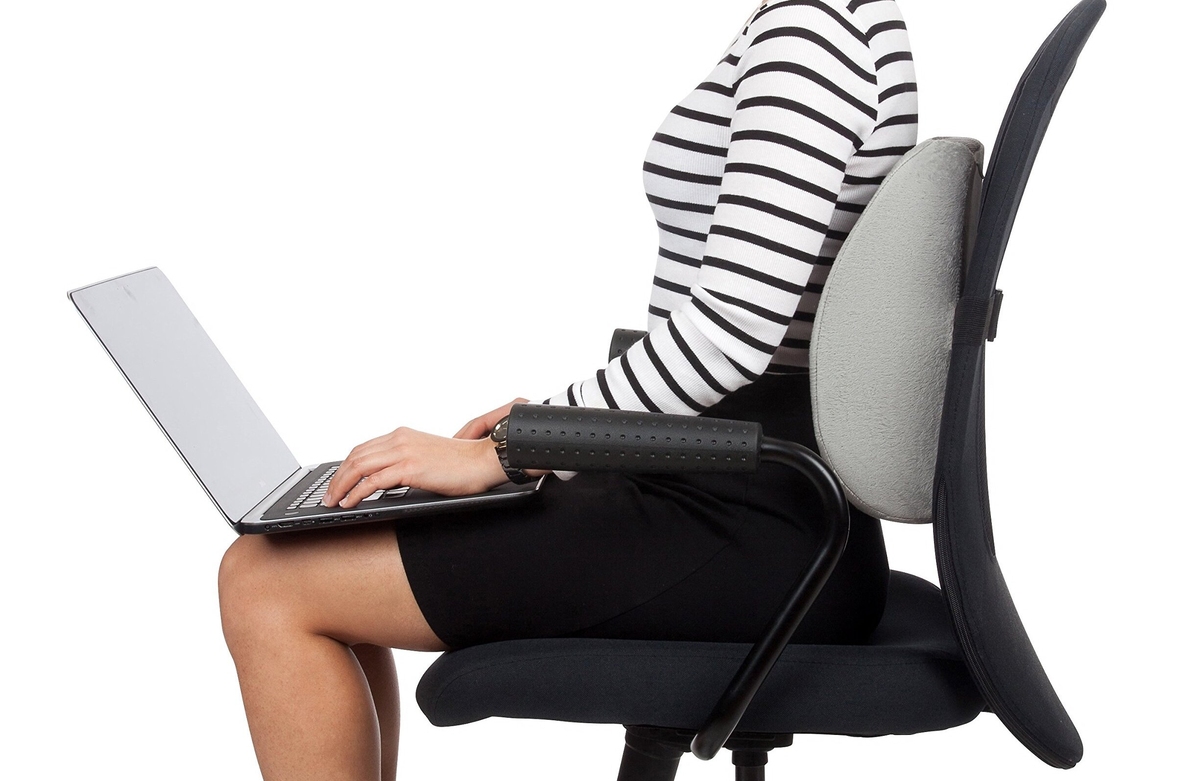
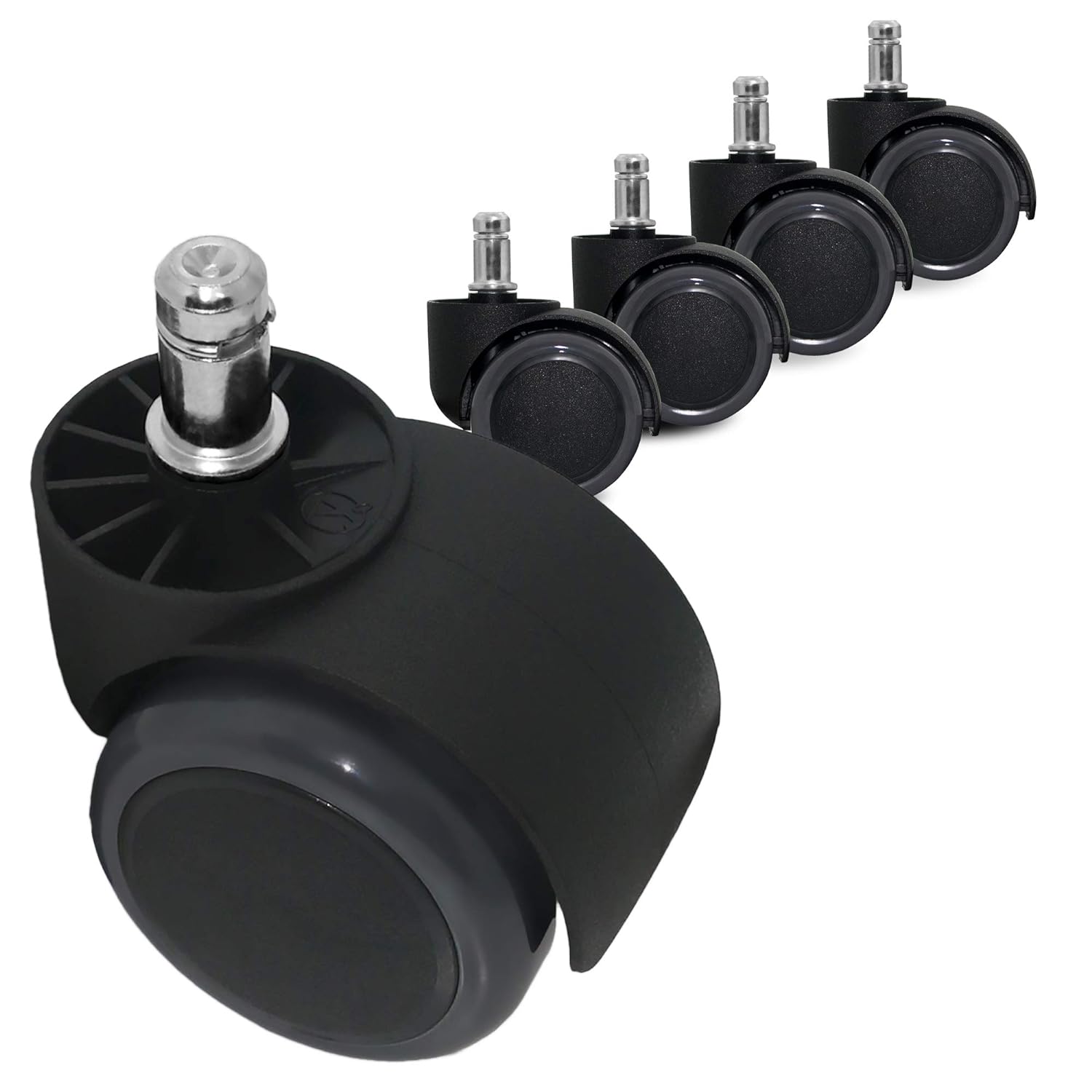

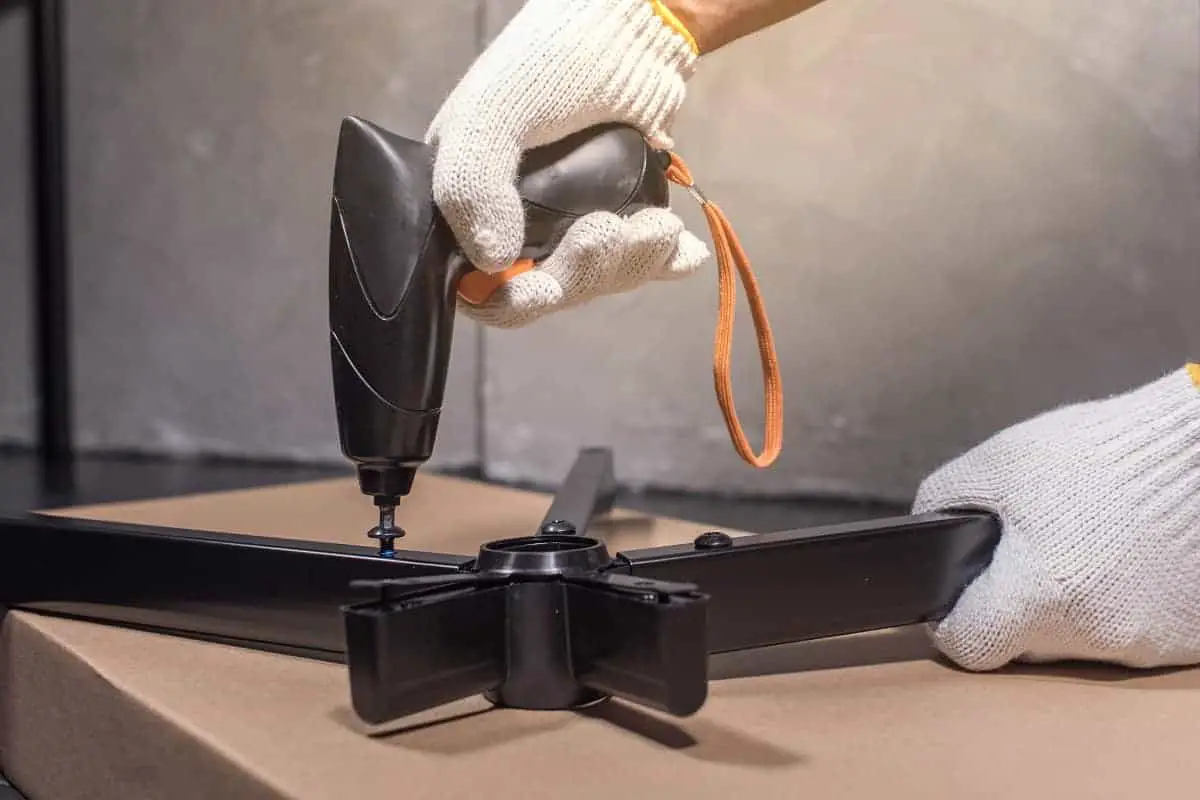
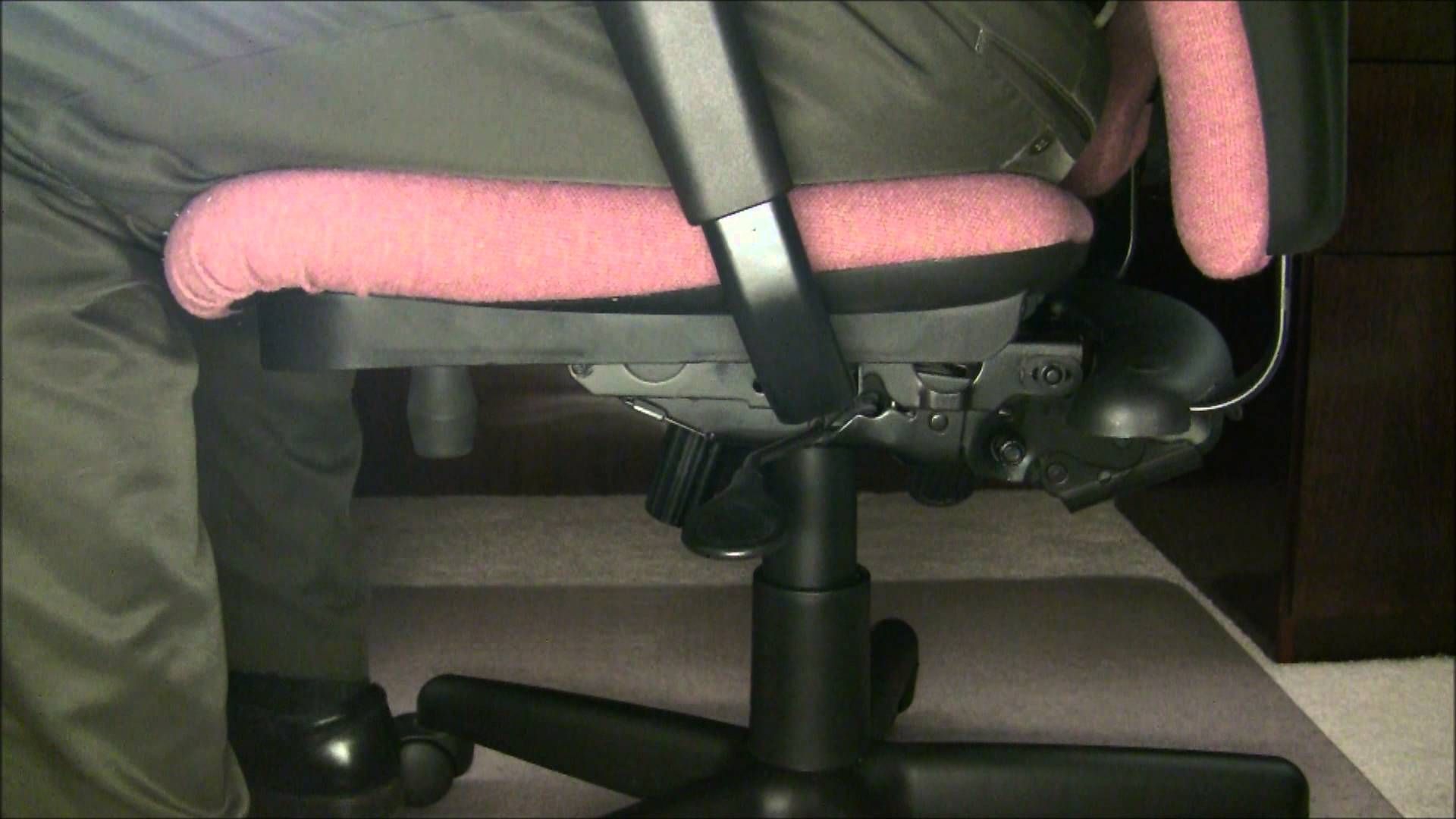
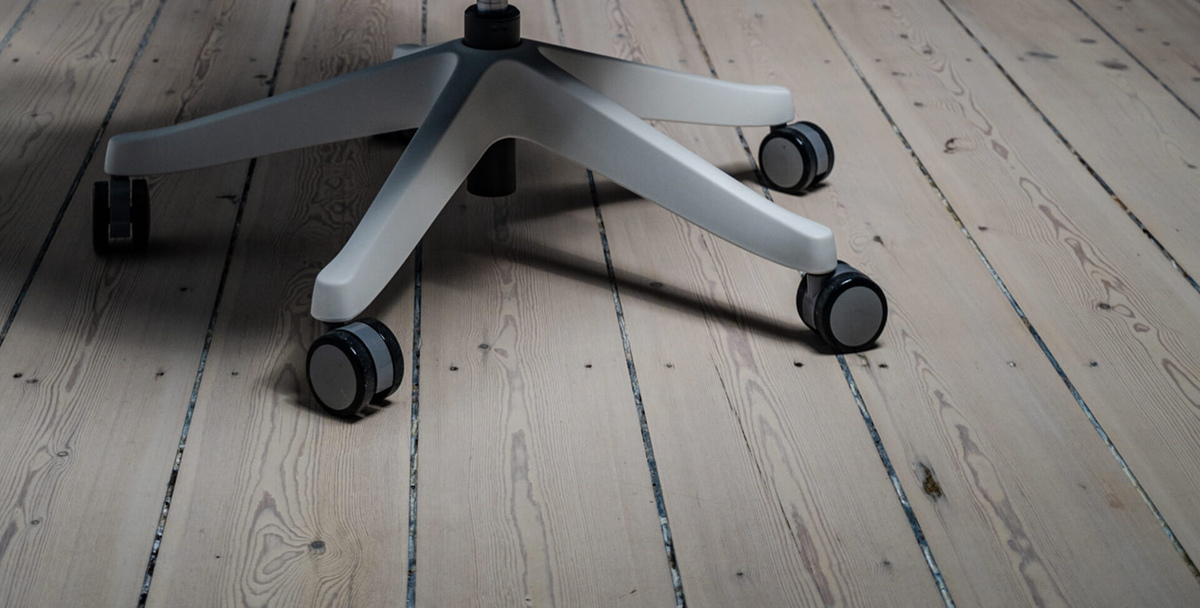
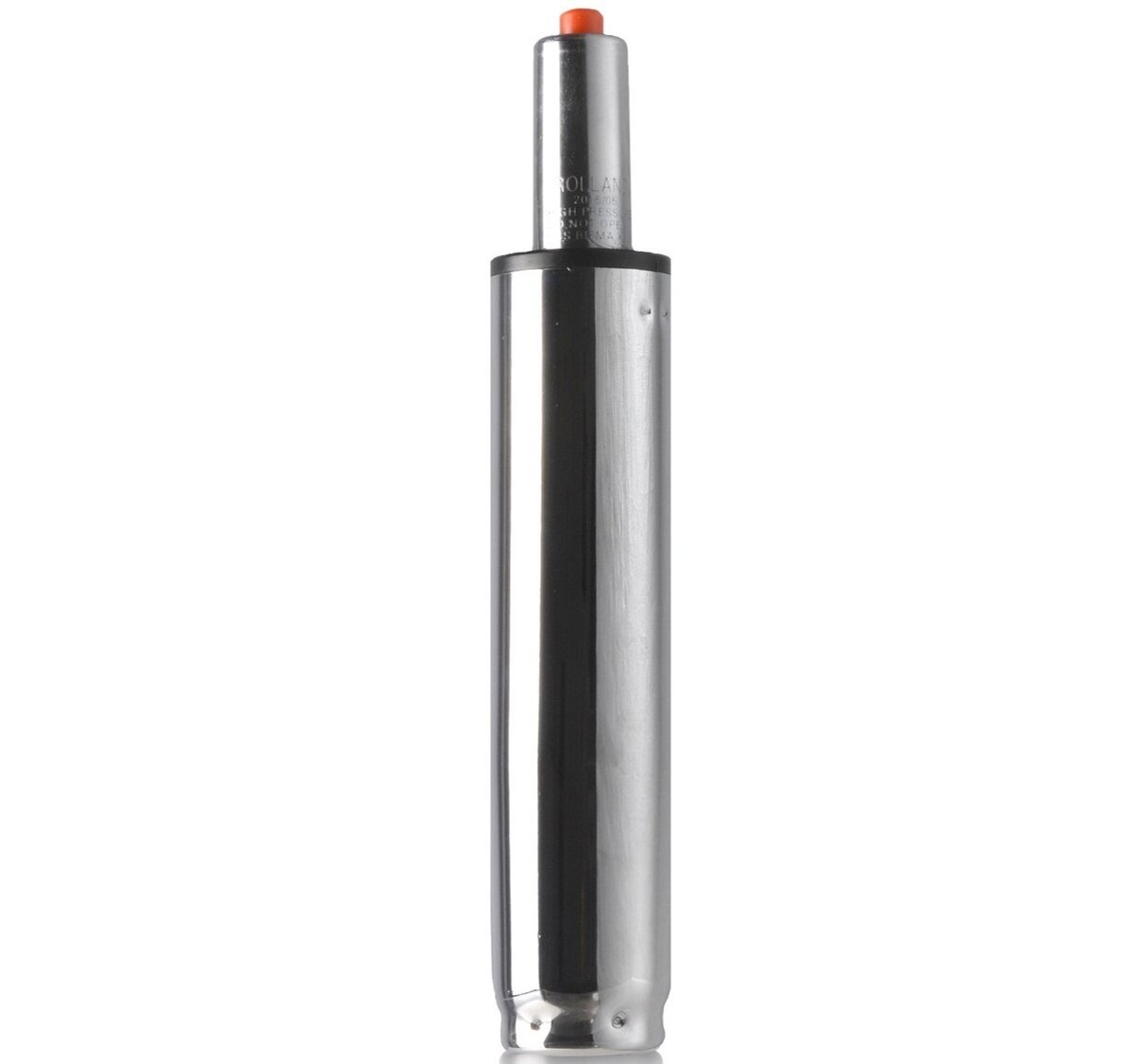
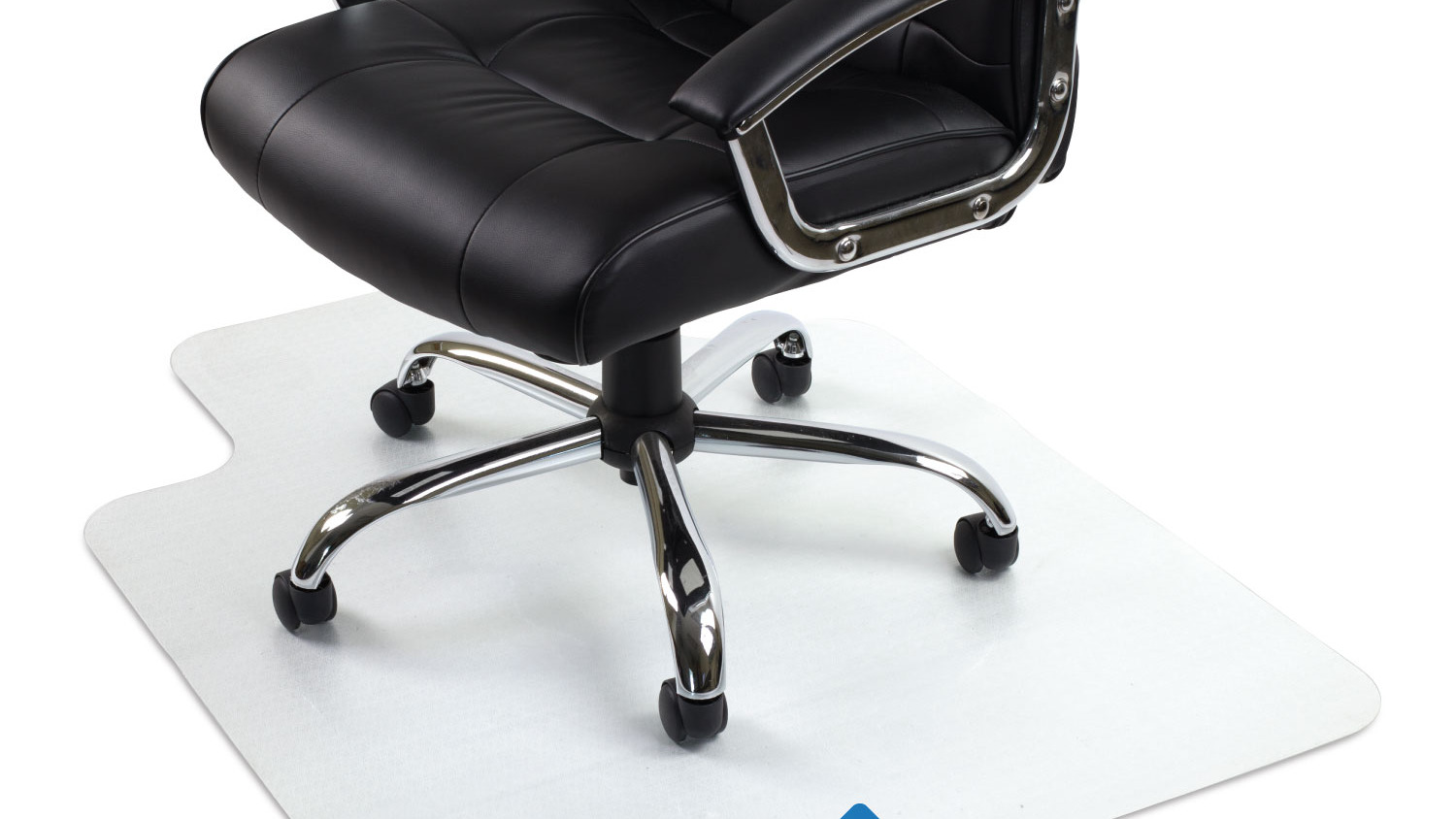
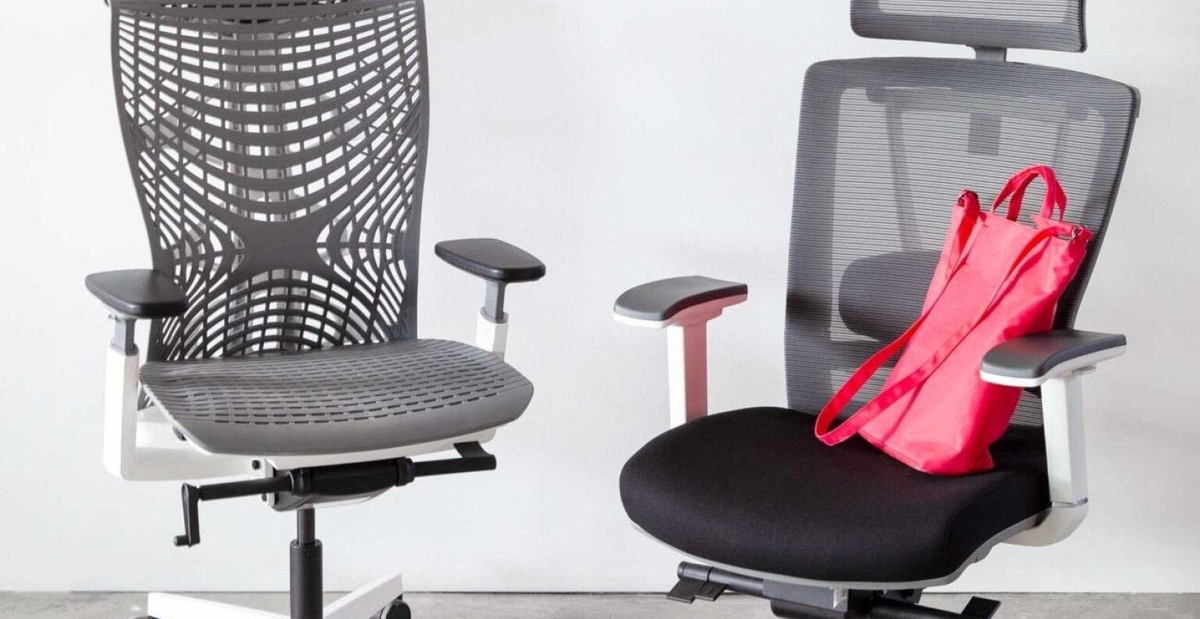
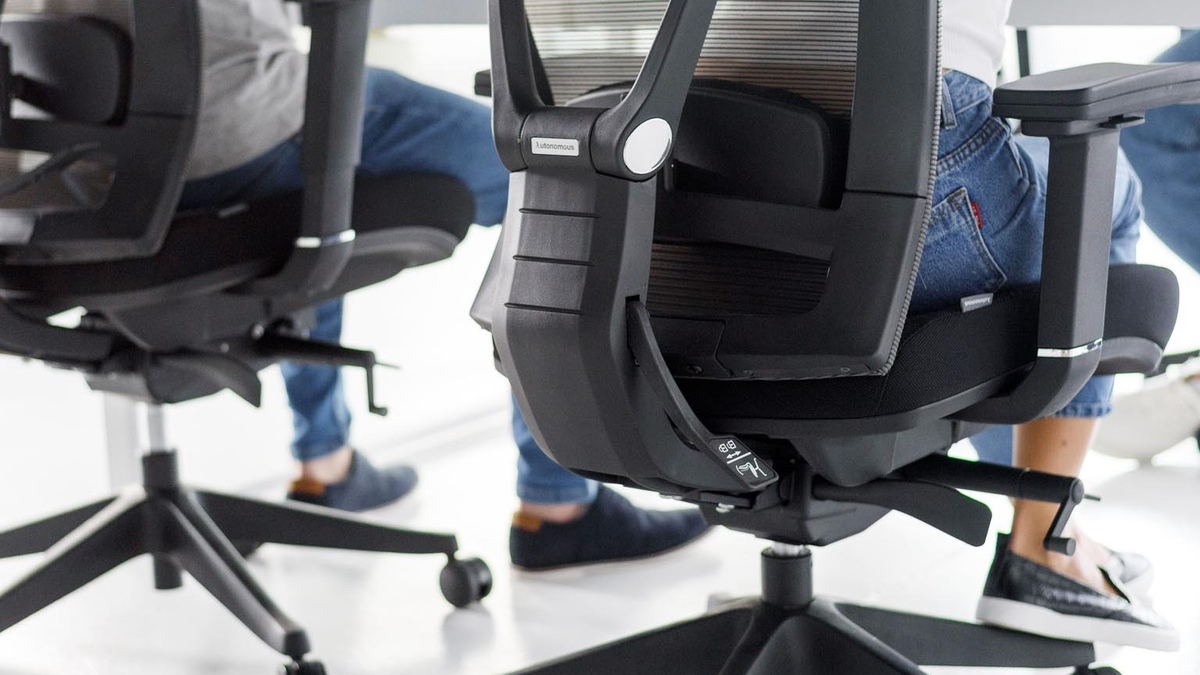
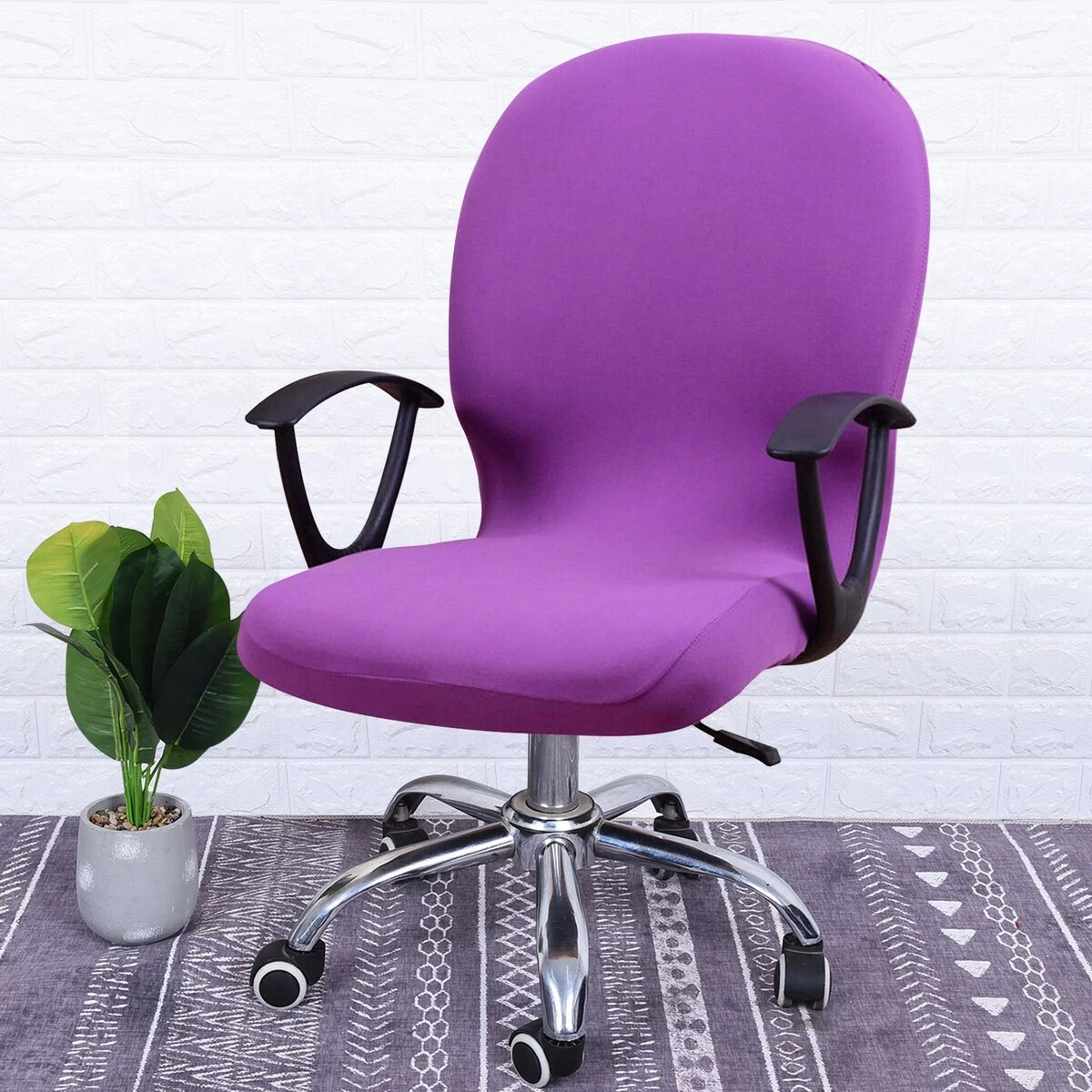
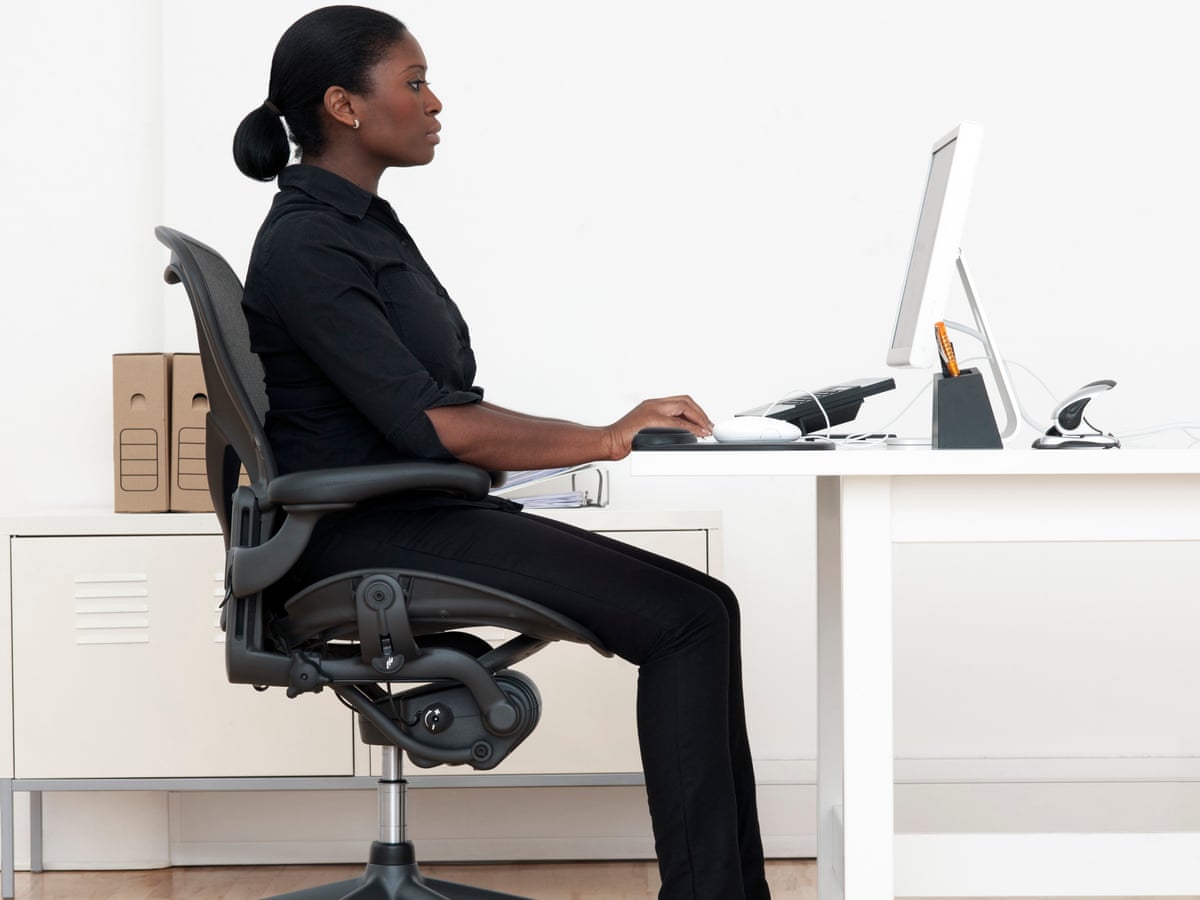
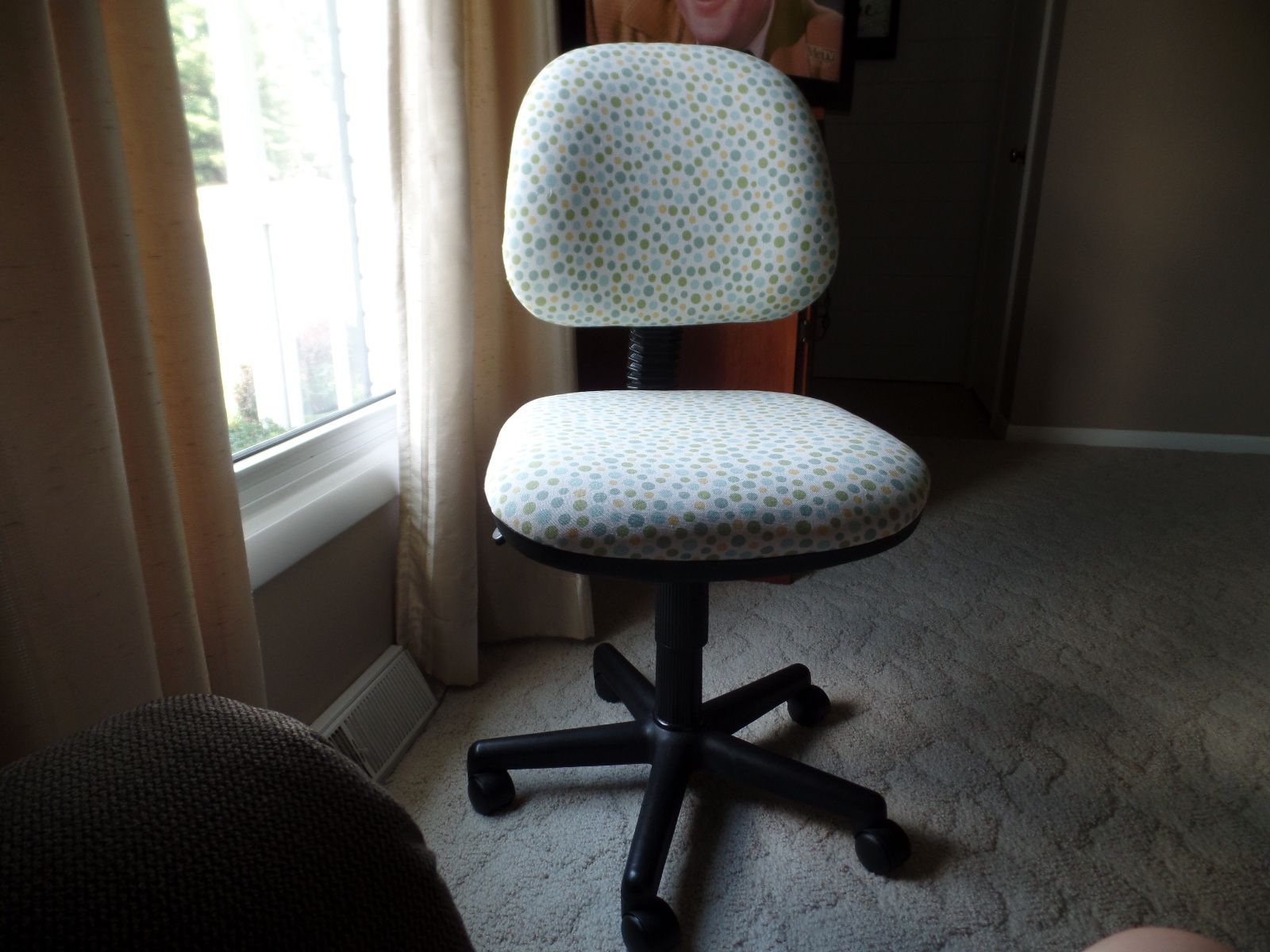
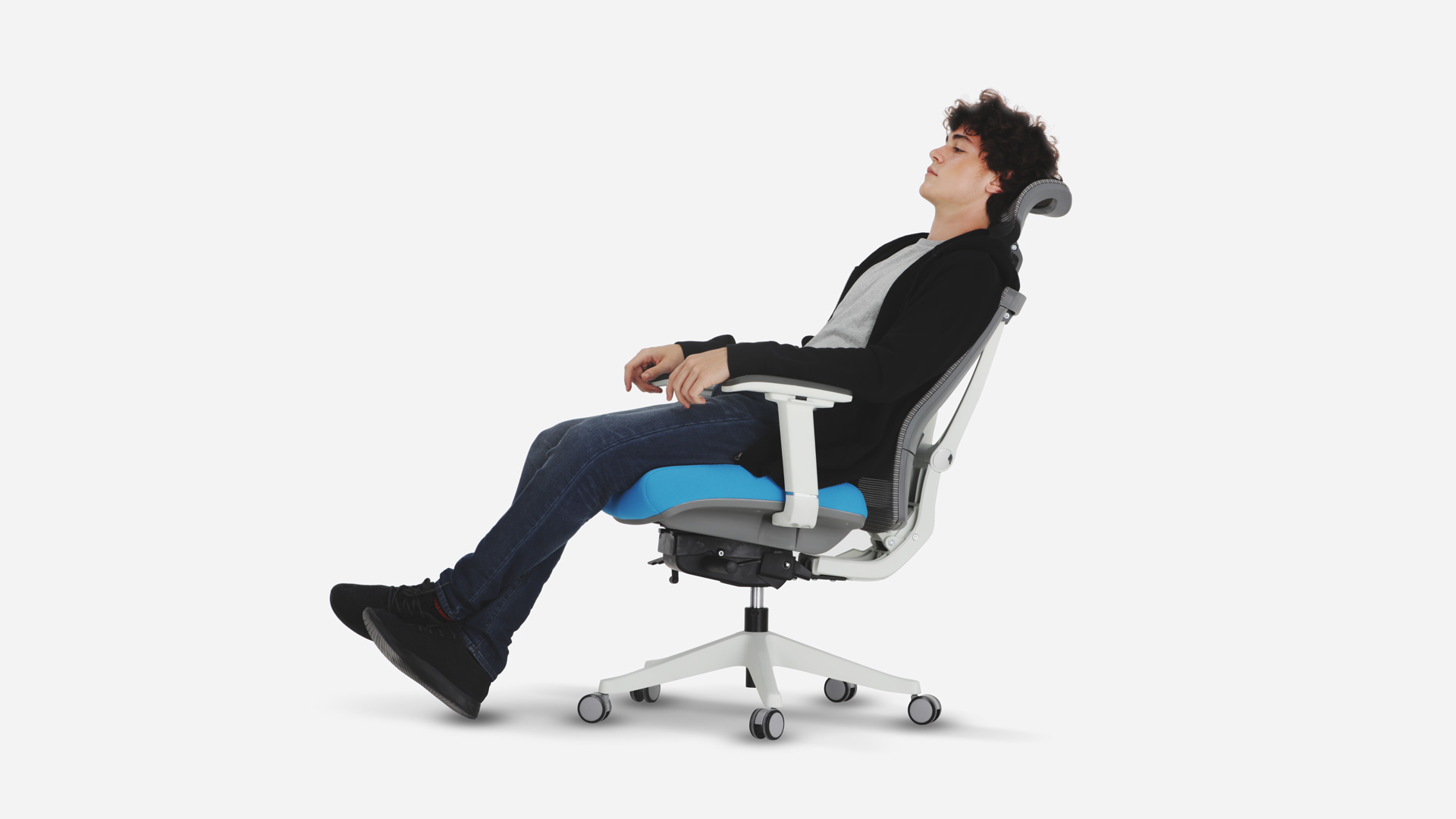

0 thoughts on “How To Stop An Office Chair From Rolling”